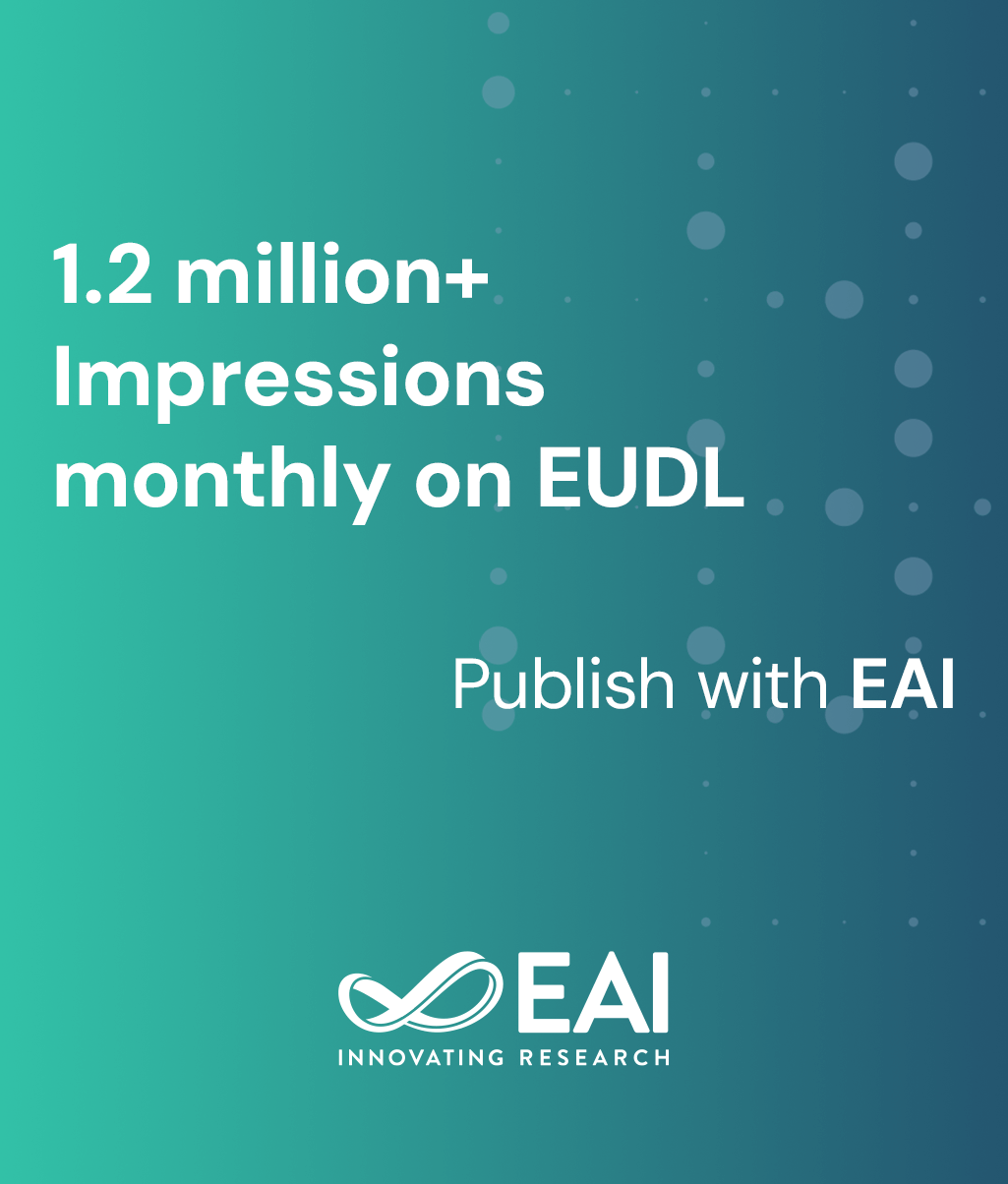
Research Article
Major vulnerabilities in Ethereum smart contracts: Investigation and statistical analysis
@ARTICLE{10.4108/eetiot.5120, author={Mohammad Pishdar and Mahdi Bahaghighat and Rajeev Kumar and Qin Xin}, title={Major vulnerabilities in Ethereum smart contracts: Investigation and statistical analysis}, journal={EAI Endorsed Transactions on Internet of Things}, volume={11}, number={1}, publisher={EAI}, journal_a={IOT}, year={2025}, month={4}, keywords={Blockchain Security, Smart Contract Security, Cryptocurrency Security, Smart contracts Attacks}, doi={10.4108/eetiot.5120} }- Mohammad Pishdar
Mahdi Bahaghighat
Rajeev Kumar
Qin Xin
Year: 2025
Major vulnerabilities in Ethereum smart contracts: Investigation and statistical analysis
IOT
EAI
DOI: 10.4108/eetiot.5120
Abstract
The general public is becoming increasingly familiar with blockchain technology. Numerous new applications are made possible by this technology's unique features, which include transparency, strong security via cryptography, and distribution. These applications need certain programming tools and interfaces to be implemented. This is made feasible by smart contracts. If the prerequisites are satisfied, smart contracts are carried out automatically. Any mistake in smart contract coding, particularly security-related ones, might have an impact on the project as a whole, available funds, and important data. The current paper discusses the flaws of the Ethereum smart contract in this respect. By examining publically accessible scientific sources, this work aims to present thorough information about vulnerabilities, examples, and current security solutions. Additionally, a substantial collection of current Ethereum (ETH) smart contracts has undergone a static code examination to conduct the vulnerability-finding procedure. The output has undergone assessments and statistical analysis. The study's conclusions demonstrate that smart contracts have several distinct flaws, including arithmetic flaws, that developers should be more aware of. These vulnerabilities and the solutions that can be used to address them are also included.
Copyright © 2024 M. Pishdar et al., licensed to EAI. This is an open access article distributed under the terms of the CC BY-NC-SA 4.0, which permits copying, redistributing, remixing, transformation, and building upon the material in any medium so long as the original work is properly cited.


